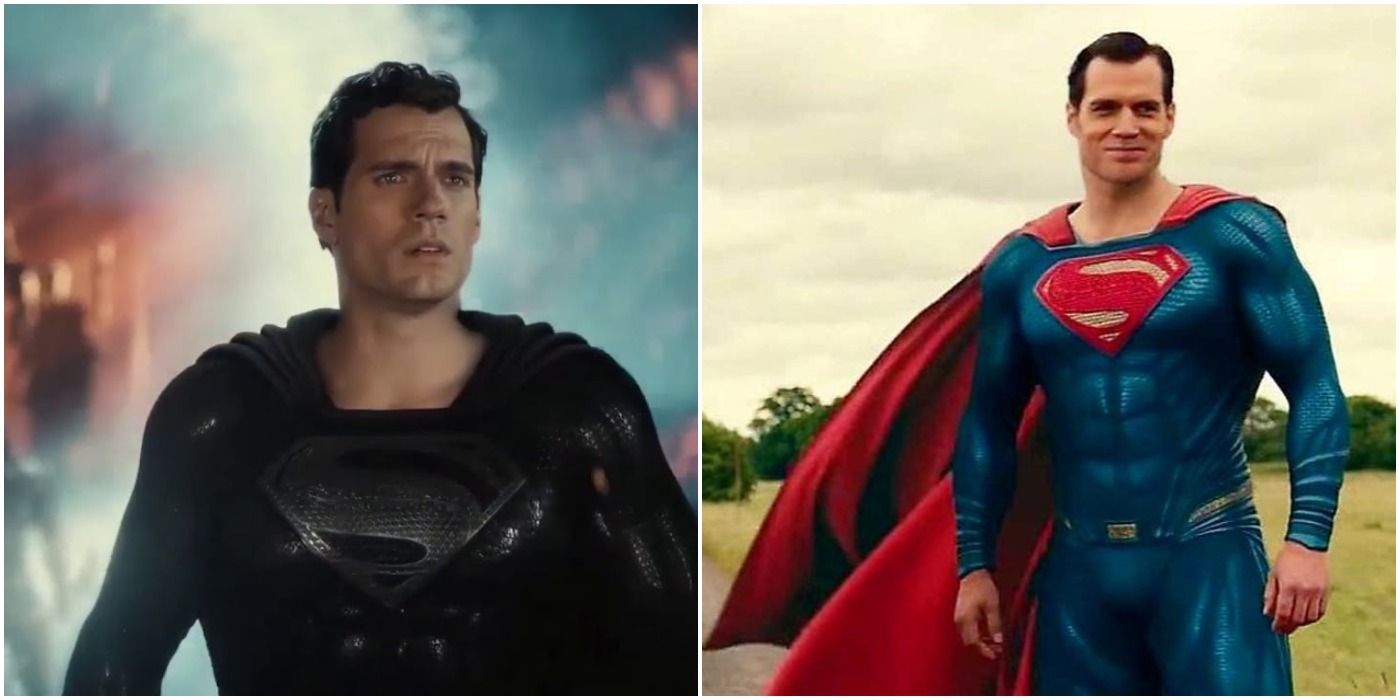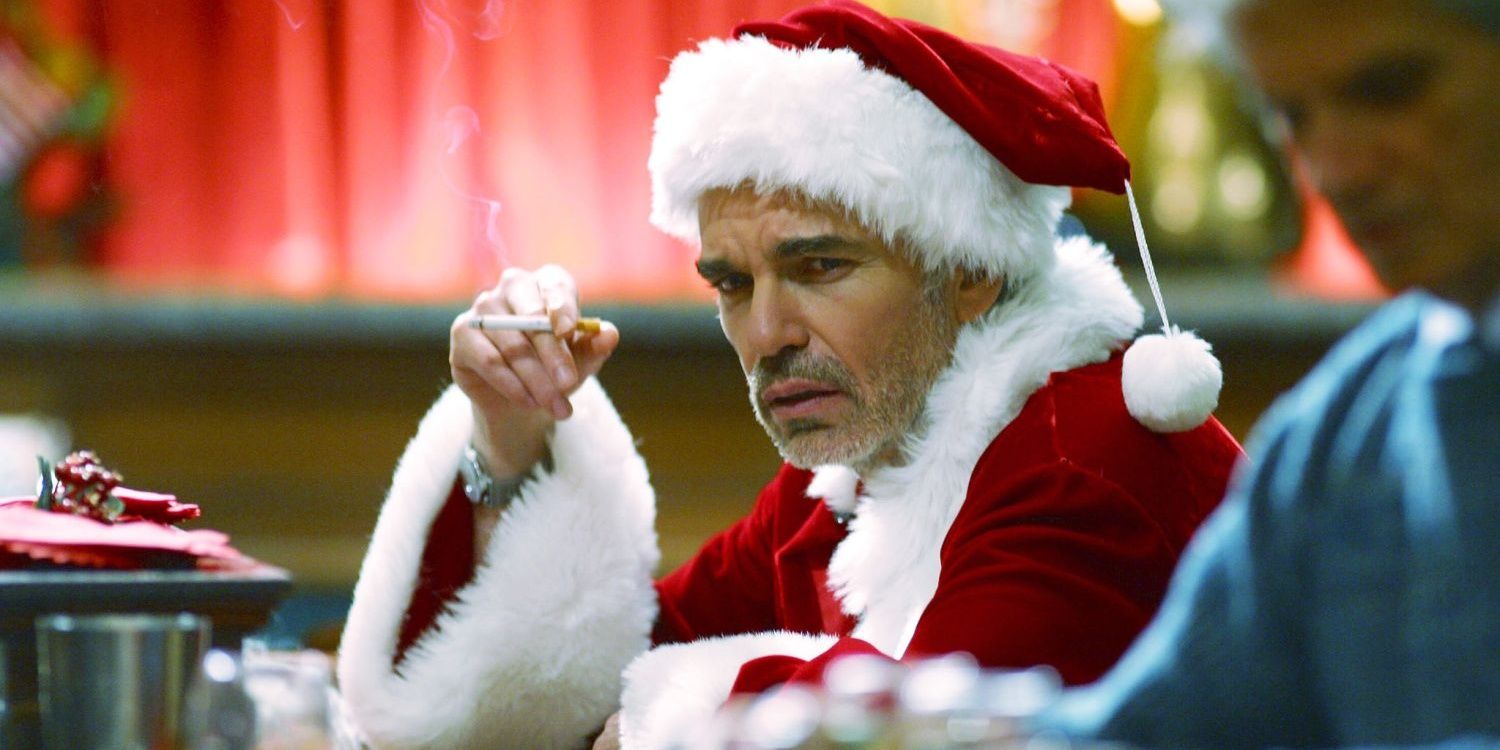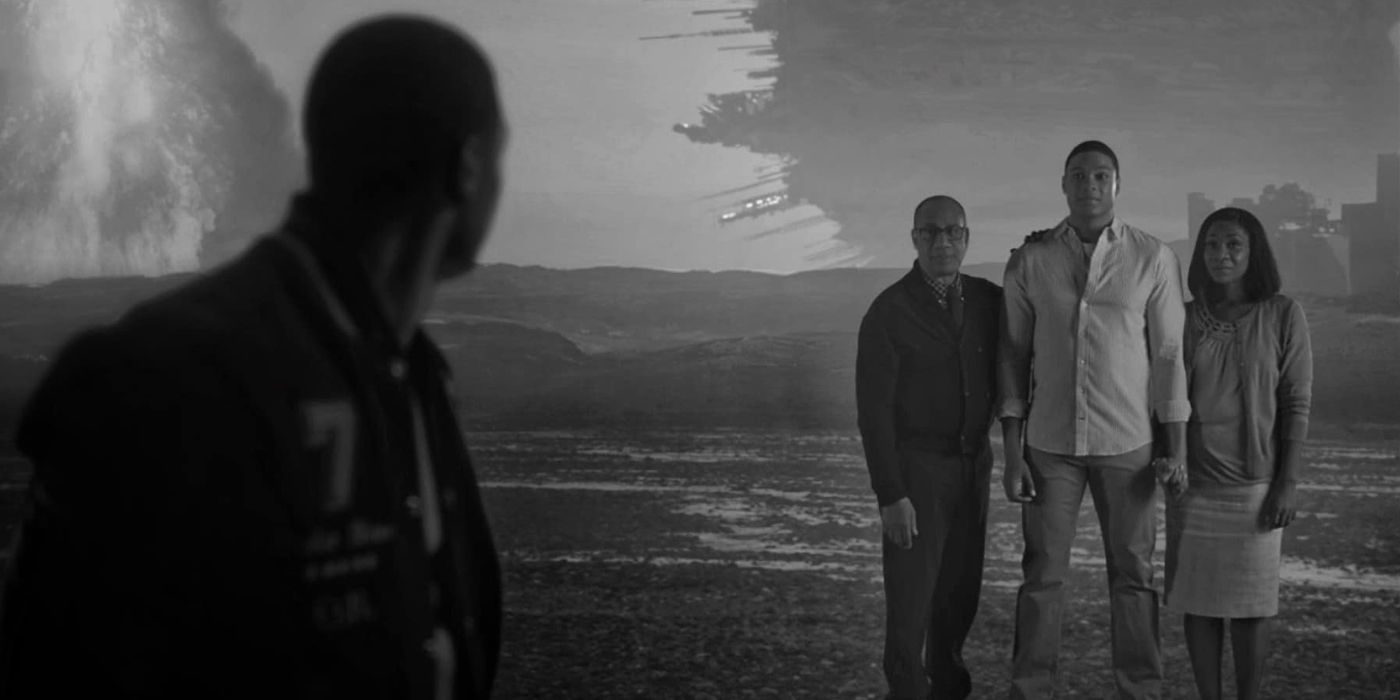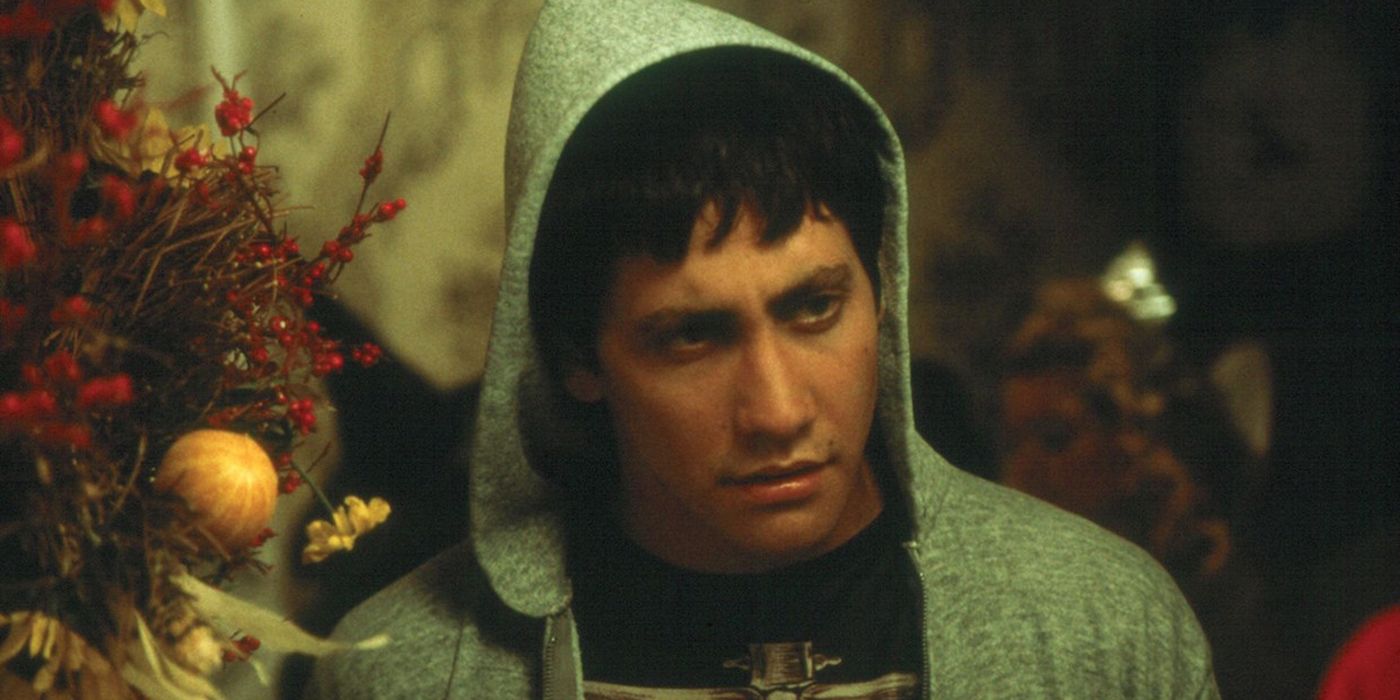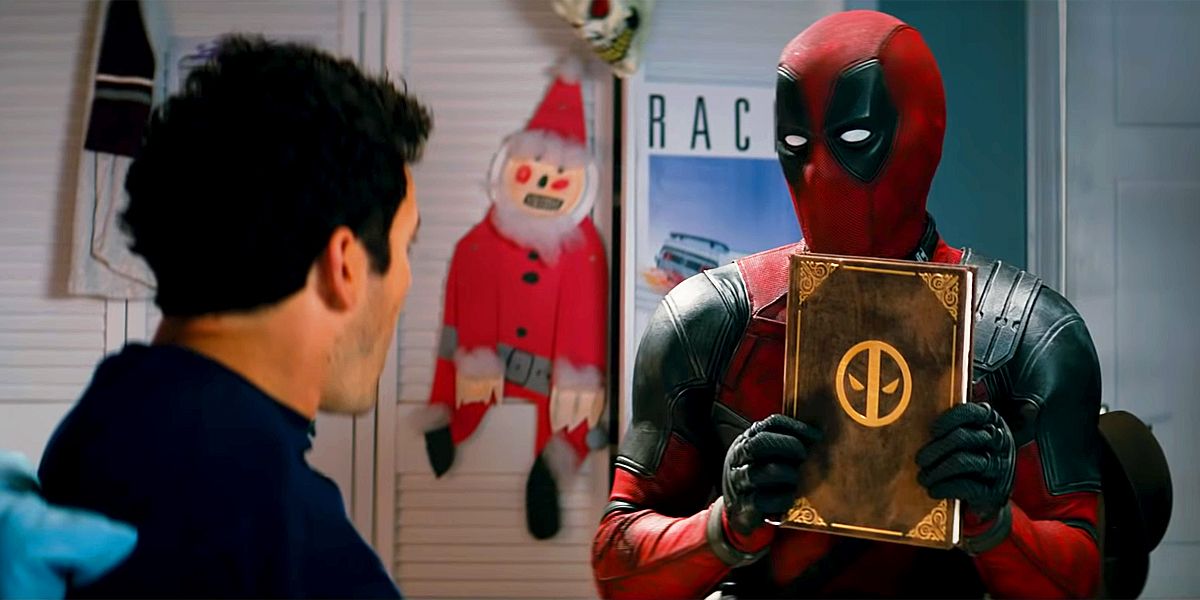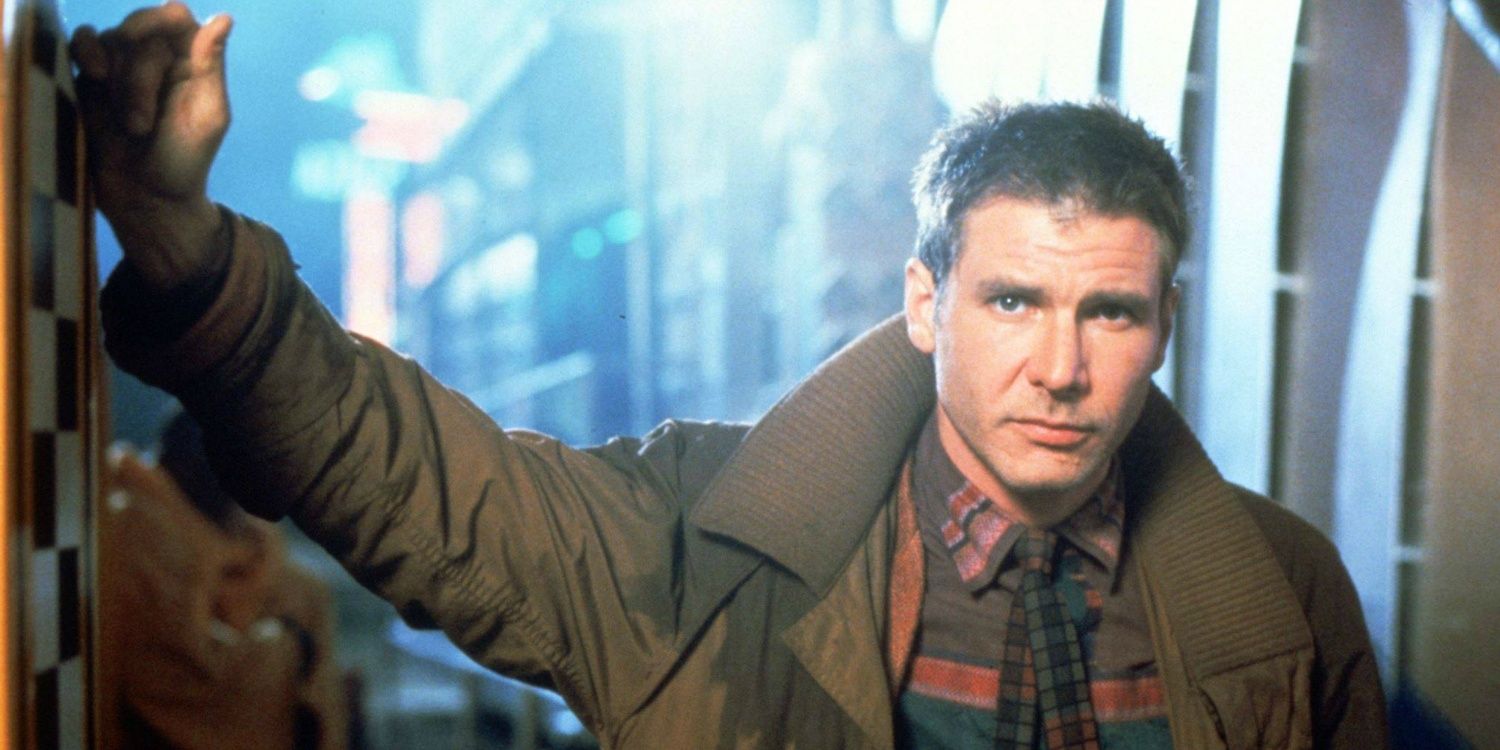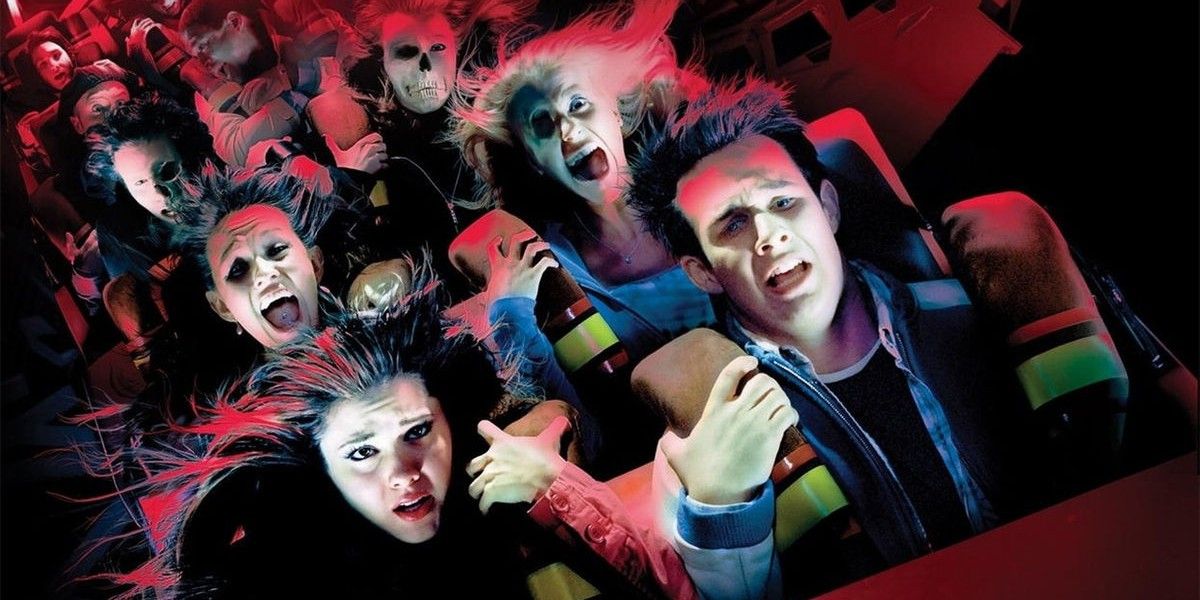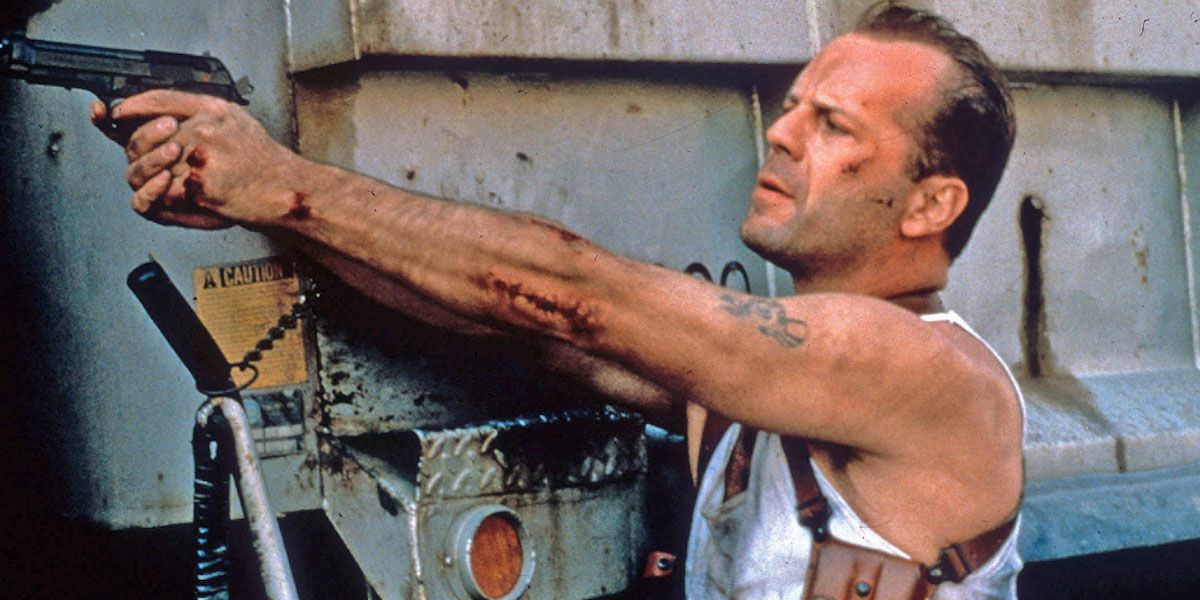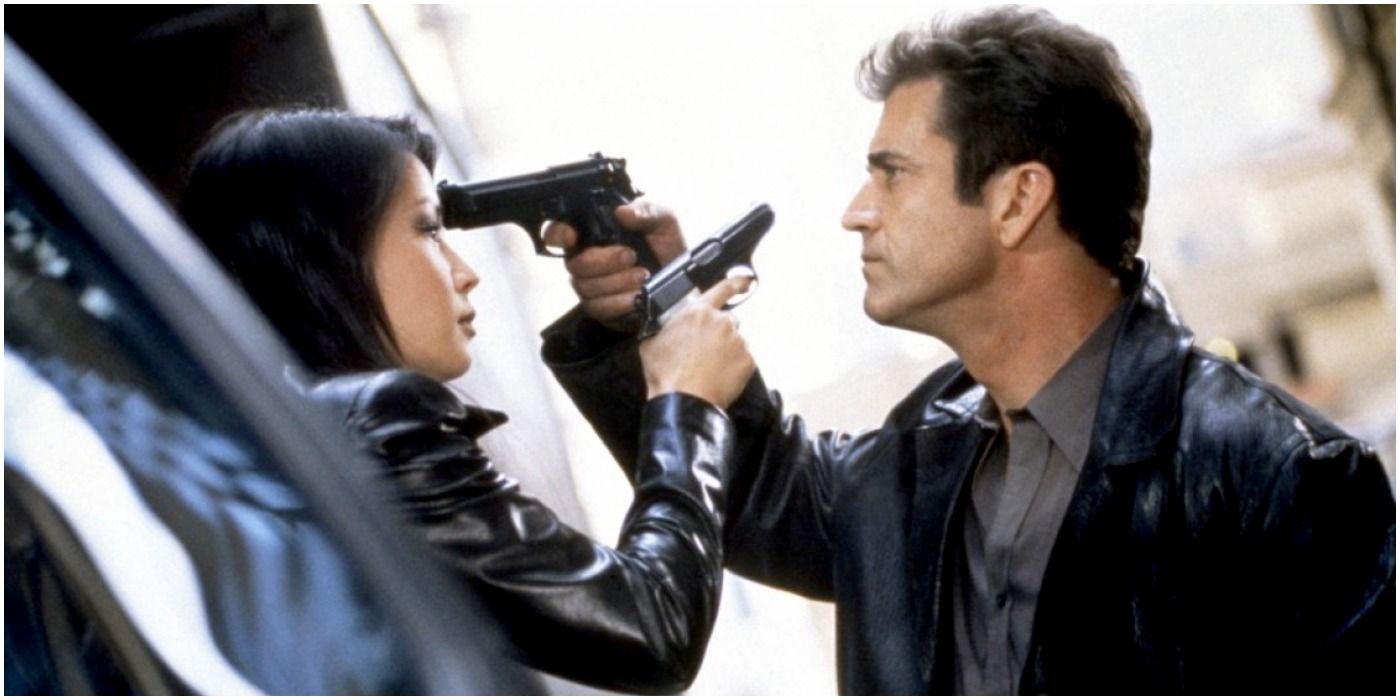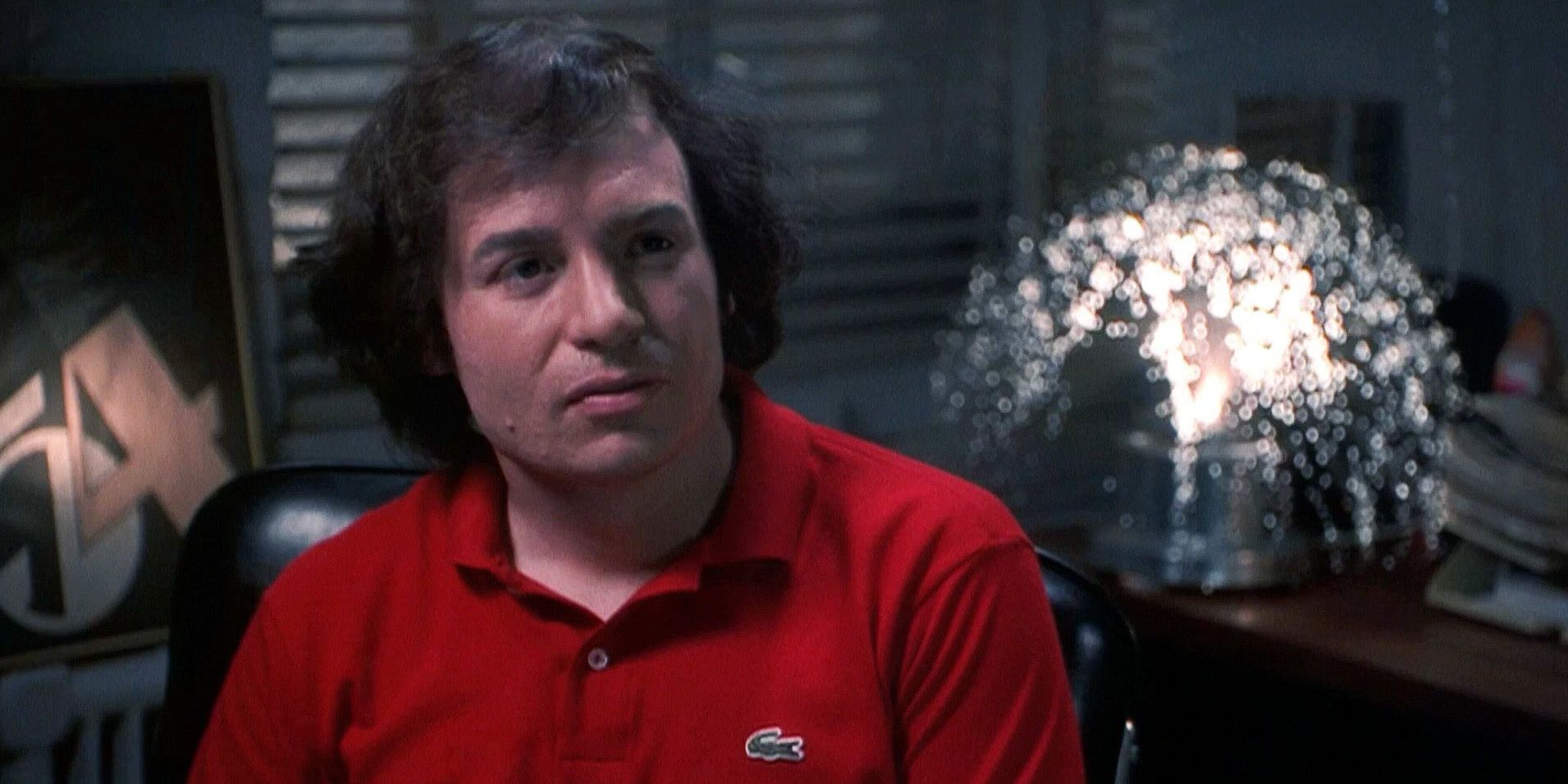At the end of the day, alternate cuts of movies typically exist to present something new that wasn't already present in the original cut. That may range from a new scene, a new opening, a new ending, an additional element like narration, and in some cases, simply provide an entirely new tone.
It is a much rarer thing to see because changing the tone ultimately results in changing the genre of the original theatrical cut. It's rare but not impossible to turn a comedy into a drama, a horror into a thriller, or even an actioner into a drama, etc.
10 Bad Santa's Director's Cut Is Light On Comedy, Heavy On Drama
Bad Santa has been praised as one of the funniest comedies ever made, but the Director's Cut for the movie is anything but a comedy. Director Terry Zwigoff's ideal version of the movie - referenced best as Badder Santa - leans more towards the somber melancholy and dry drama the movie held when it wasn't spouting jokes.
This cut, which happens to be three minutes shorter, actually nixes most of the jokes from the original cut, including the early bar scenes and the candy calendar scenes. The opening narration is cut as well, setting a tone for a far more brooding tale.
9 Justice League's Snyder Cut Is Darker And Deeper
Speaking of melancholy, Zack Snyder's version of Justice League falls into that category. The original 2017 cut of Justice League, mostly directed by an uncredited Joss Whedon, is bright and colorful with a script full of quips. Beat to beat, it follows the quintessential superhero popcorn flick format.
Zack Snyder's Justice League demands a little more thought put into its viewing. Snyder's ambitious vision featured multi-layered villains and heroes with complicated motivations and surprising story elements off the heels of a more grim tone, without the humor.
8 Donnie Darko's Director's Cut Loses Its Mystery
More often than not with alternate cuts, the tone of the movie can be changed simply by adding an alternate opening scene or cutting scenes altogether than emphasize the previous tone. For the Director's Cut of Donnie Darko, all director Richard Kelly had to do was remove the biggest element of his cult movie: mystery.
At its heart, Donnie Darko is a mystery movie, expounded by strange imagery that, beyond just having hidden meaning, also questions the sanity of the protagonist as far as the bridge between the reality of the movie and what's in his head. The Director's Cut uses an alternate soundtrack and 20 minutes of new scenes.
7 Once Upon A Deadpool Is Less Bloody, More Cheeky
When Disney purchased Marvel and all of its cinematic properties, the biggest worry from moviegoers was if the company would tone down the graphic Deadpool character years after Ryan Reynolds made him a mainstream commodity in a movie of the same name.
With Deadpool being a self-aware character, it seemed natural for Disney to create a more lighthearted version of Deadpool 2 in time for the holiday season. Once Upon a Deadpool includes 20 minutes of extra footage, including a cameo from Fred Savage. Like the younger Savage's Peter Falk in The Princess Bride, Deadpool reads him a bedtime story excluding "the scary parts that were a bit too adult for the youngster." The darker, crude, often obscene humor is replaced with more tongue-in-cheek, family-friendly jokes.
6 Blade Runner Director's Cut Is Less Upbeat, More Bittersweet
Studio interference has befallen many directors and their original vision. Take Blade Runner, for example, where the studio insisted that Ridley Scott add film noir style narration from Harrison Ford to make sense out of a complex plot while also adding a more upbeat ending.
When Scott finally had the chance to bring his original vision to screens in 1992, 10 years after the original movie's release date, this was the version that fans fell in love with, earning it the label of being a classic. Not only is the aforementioned narration and ending nixed, but the movie is also made even more complex with a more bittersweet tone, thanks particularly to an ambiguous ending on Ford's character being a replicant.
5 Final Destination 3: Choose Their Fate Is Interactive And Funny
As silly as all of the Final Destination movies tend to be, they always tend to be grounded in some sort of drama, even if that drama may not be taken seriously by audiences. Final Destination 3 is no different, but when the movie came to DVD, filmmakers decided to lean into the silly expectations from audiences with a more unique, humorous cut.
This cut allowed audiences to use their remote at home to choose the fate of each character, deciding whether they live or die. Highlighting the intentional comedy this time around, there's an option to stop all of the characters from getting on a fateful rollercoaster ride. Everyone surviving immediately ends the movie within the first five minutes.
4 Die Hard With A Vengeance Special Edition Is Less Action-Packed, But Darker
Not every alternate cut needs to be drastically different from start to finish. The Special Edition DVD cut of Die Hard with a Vengeance is more or less the same as the theatrical cut, save for an alternate ending that alone changes the entire tone of the original movie.
In the alternate ending, the robbery is a success and Simon gets away. McClane gets kicked off the force once he's used as a public scapegoat for everything that goes wrong. Alone, he tracks Simon down to Hungary where after a game of "McClane Says" in a bar, he kills Simon out of revenge. The studio didn't like that this ending was more quiet and subtle rather than explosive and action-packed. They also didn't like the idea of the hero killing out of bloodthirsty vengeance, despite the movie's title.
3 Both Versions Of Payback Are Straight Up Different
Brian Helgeland's original cut of this remake of Point Blank was dismissed heavily by the studio because it was so violent. Pressuring Helgeland to change it, the director returned to the set for 10 days worth of reshoots, where narration was added, the most controversial scenes were removed, and an entirely new villain character was added in the form of Kris Kristofferson's Bronson.
In the Director's Cut, later released as a "Straight Up" cut, Bronson is suddenly a woman voiced by Sally Kellerman who is heard and never seen. Meanwhile, all of the violent scenes (including a spousal abuse scene the studio really didn't like) are added back in and the ending is far more ambiguous. All in all, it makes for a much darker, less optimistic cut. The Director's Cut is a dark crime drama while the theatrical cut falls closer in line with the action genre.
2 The 54 Director's Cut Is More Daring, Dramatic, And Overtly Sexual
54 was originally envisioned as a dark, disco drama filled with morally gray characters and topics that were considered taboo at the time of release, like queerness. This in particular didn't sit right with early screening audiences, who dismissed it mostly for being overtly bisexual.
This pressured The Weinstein Company to pressure the director into re-shooting and re-cutting a more marketable movie that not only cut its more sexual nature but also the complicated layers of character, all in favor of replacing it with more black-and-white characters. Plus, they hoped to market the movie to a more teen sex comic demographic. While the theatrical cut was booed as bland and forgettable, the director's original vision was praised upon seeing the light of day in 2015.
1 Midsommar Director's Cut Is A Paranoia Thriller From The Start
There is a hint of paranoia in Midsommar as soon as the central characters arrive at the destination for their trip, but that paranoia goes from being a theme into being the movie's new genre upon its new Director's Cut. Among many of the new additions to the cut include Christian's depiction throughout.
In the theatrical cut, he comes off like an average, normal guy who isn't perfect until his true colors are revealed out of the country. In the Director's Cut, he's depicted as something of a subtle manipulator. Throughout, Christian is often seen lying and gaslighting Dani, only adding to her paranoia.

